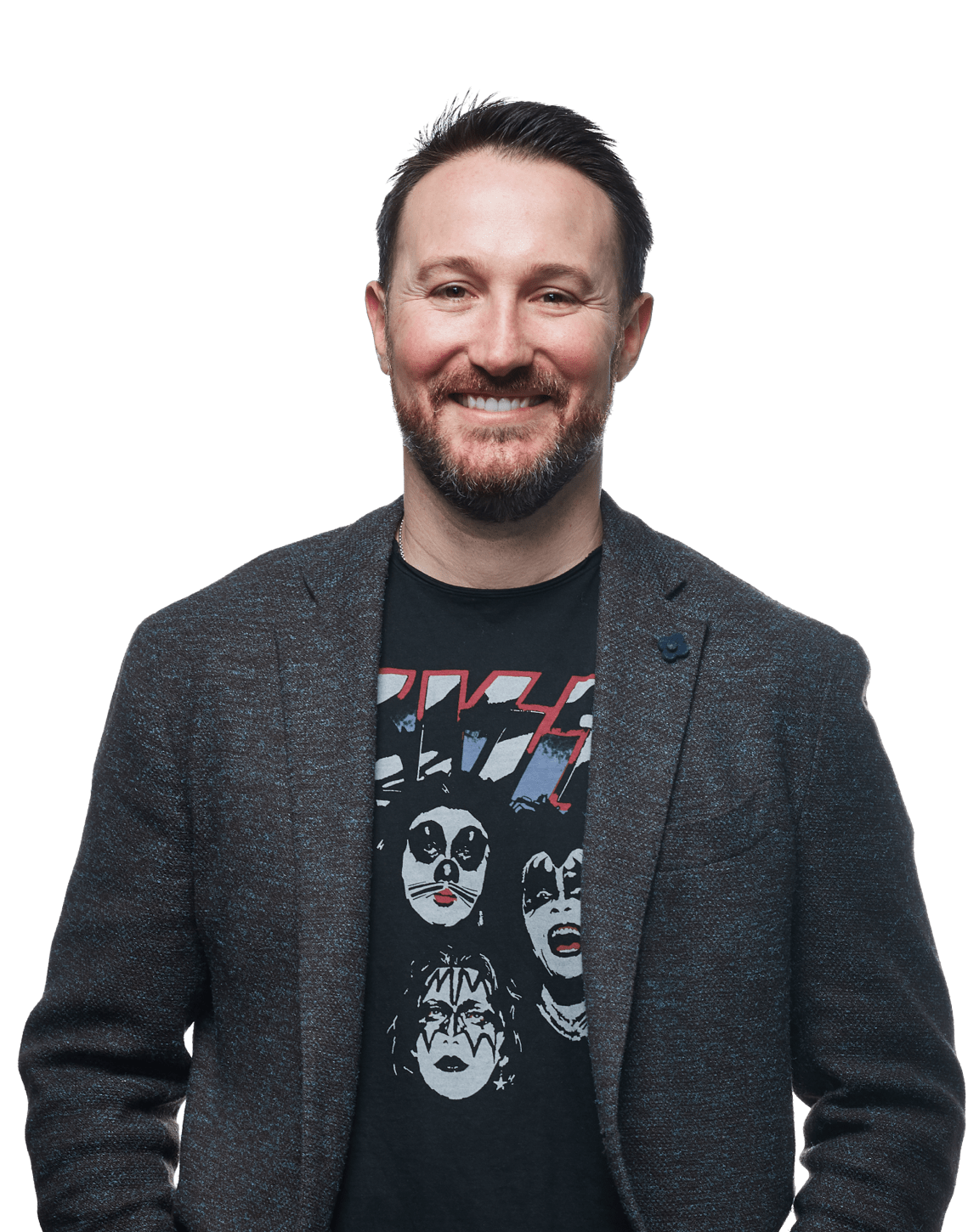By Josh Mandel-Brehm, President and CEO, CAMP4 Therapeutics
A paper published this week in Molecular Cell upended decades-old dogma about transcription factors: it turns out that many transcription factors in the human genome also bind to RNA in addition to binding to DNA and other proteins, as was previously known. This breakthrough discovery, which CAMP4 co-founder Dr. Richard Young spearheaded, is the first publication describing our platform’s underlying biology. The paper describes the key mechanism by which non-coding RNA regulates gene expression, and in doing so, it provides biological validation of CAMP4’s approach of targeting regulatory RNA (regRNA) to modulate gene expression.
Dr. Young and colleagues have described elsewhere the detailed results of their research and how the discoveries were made. Here, I discuss the essence of these exciting findings and why they are so meaningful to CAMP4.
Expanding the viewpoint
The human genome contains approximately 1,600 transcription factors. These powerful regulators of gene expression are critical for controlling everyday “housekeeping” genes, such as those involved in metabolism. They are essential to the cellular programs that give every cell type its identity. For the last 40 years, transcription factors were conventionally described as containing two domains: a DNA-binding domain that binds to promoter or enhancer regions in DNA; and a protein-binding domain that recruits cellular machinery for either activating or suppressing gene expression.
The Mol. Cell paper from Dr. Young’s lab reveals that this picture of transcription factors was incomplete. His team found that over 50% of transcription factors – and possibly all of them – have a previously unrecognized third domain that binds RNA.
The findings also shed light on a mystery: Researchers have long known that RNA is produced at genomic sites where transcription factors bind and that these RNAs were somehow involved in controlling gene expression. Still, the exact role and mechanism of these RNAs was unknown. Dr. Young’s new research shows that binding RNA to transcription factors promotes dynamic associations of DNA, RNA, and transcription factors with chromatin that fine-tune gene expression – a discovery that completely changes the previous understanding of how gene regulation works and opens up an entirely new field of therapeutic opportunities.
A validation for CAMP4’s approach
CAMP4 is exploiting precisely these kinds of regulatory interactions by targeting regRNAs with antisense oligonucleotides (ASOs) to specifically control the expression of genes tied to disease.
ASOs are conventionally used to down-regulate gene expression by targeting and blocking the corresponding messenger RNA (mRNA). Surprisingly, CAMP4 has found that using ASOs to target regRNAs can upregulate gene expression. In fact, for more than 90% of the genes we’ve studied, we’ve identified a regRNA that can be targeted with an ASO to increase that gene’s expression.
The Mol Cell paper describes the underlying biological mechanism our ASOs are modulating. We can envision it this way: at a given genomic site, some transcription factors are engaged in activating the gene, while other transcription factors are engaged in suppressing it. Interactions between the transcription factors and RNAs determine the balance between gene activation and gene suppression and, ultimately, the level of gene expression. By using an ASO that interferes with a specific regRNA-transcription factor interaction, we can shift that balance to dial up (or down) the expression of any gene of interest.
CAMP4 is the first company to harness this mechanism of gene regulation for therapeutic purposes, and we focus on treating diseases caused by mutations or dysfunctional expression of one allele, referred to as haploinsufficiency, or augmenting expression of upstream genes that can have a downstream therapeutic effect. One example is our lead program in urea cycle disorders (UCD), a disease in which various enzymatic deficiencies can cause ammonia to build up to dangerous levels in the blood. Elevating production of the rate-limiting enzyme CPS-1 can be the key to helping the full spectrum of UCD patients, regardless of their genetic mutation.
Hundreds of genetic diseases involve a missing or deficient protein. For some diseases, the protein can be replaced by injecting it directly into the bloodstream; this approach will generally have a therapeutic benefit for secreted proteins, which don’t reside inside a cell but instead circulate throughout the body. Gene therapies that deliver a functional copy of the protein-coding gene to the appropriate tissue have potentially broader utility, but this approach also has drawbacks and has hit a number of walls in recent years.
CAMP4’s approach to amplifying mRNA and increasing healthy proteins is different. Our RAP™ Platform increases protein production by specifically targeting the natural mechanisms within cells that regulate gene expression, and we achieve this by using ASOs designed explicitly for their regRNA targets. The insights in the Mol. Cell paper underscores the biological mechanism that our platform harnesses and validates our approach to developing new therapies across a range of genetic diseases.

